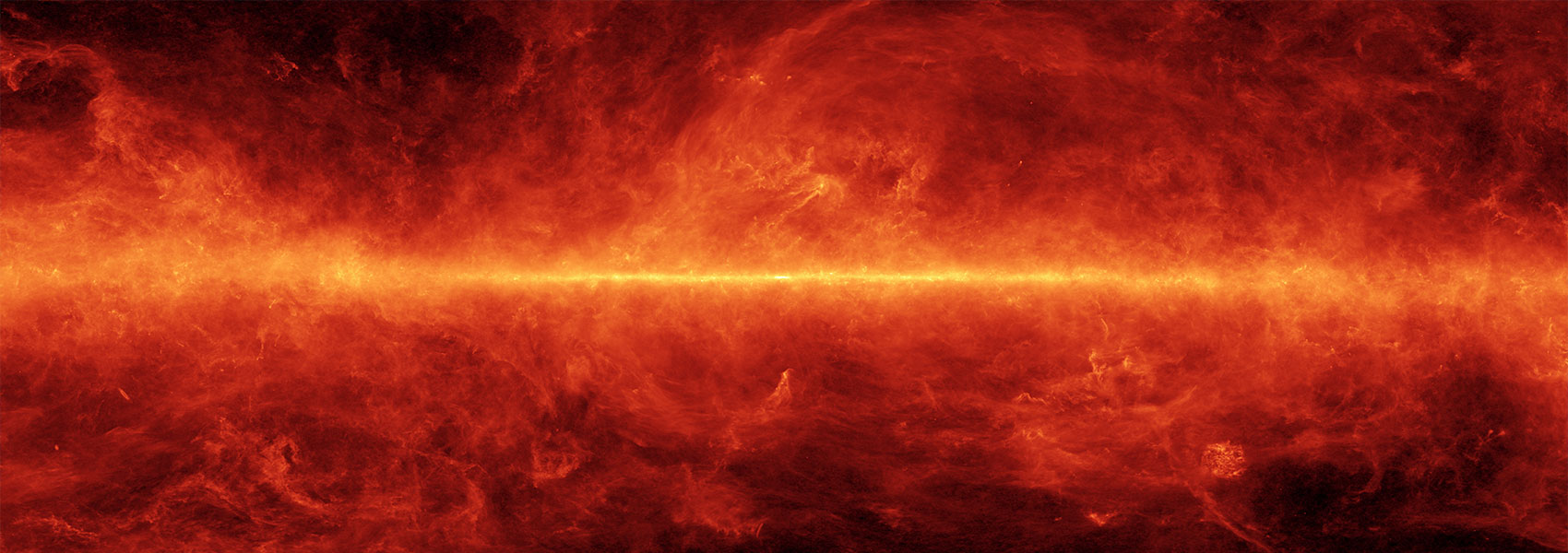April
2025
•
2025AJ....169..208F
Authors
•
Fernandes, Rachel B.
•
Bergsten, Galen J.
•
Mulders, Gijs D.
•
Pascucci, Ilaria
•
Hardegree-Ullman, Kevin K.
•
Giacalone, Steven
•
Christiansen, Jessie L.
•
Rogers, James G.
•
Gupta, Akash
•
Dawson, Rebekah I.
•
Koskinen, Tommi T.
•
Boley, Kiersten M.
•
Curtis, Jason L.
•
Cunha, Katia
•
Mamajek, Eric E.
•
Sagynbayeva, Sabina
•
Bhure, Sakhee S.
•
Ciardi, David R.
•
Karpoor, Preethi R.
•
Pearson, Kyle A.
•
Zink, Jon K.
•
Feiden, Gregory A.
Abstract
•
Comparative studies of young and old exoplanet populations offer a glimpse into how planets may form and evolve with time. We present an occurrence rate study of short-period (<12 days) planets between 1.8 and 10 R⊕ around 1374 FGK stars in nearby (200 pc) young clusters (<1 Gyr), utilizing data from the Transiting Exoplanet Survey Satellite mission. These planets represent a population closer to their primordial state. We find that the occurrence rate of young planets is higher ( %) compared to the Gyr-old population observed by Kepler ( %). Dividing our sample into bins of young (10–100 Myr) and intermediate (100 Myr–1 Gyr) ages, we also find that the occurrence distribution in orbital period remains unchanged, while the distribution in planet radius changes with time. Specifically, the radius distribution steepens with age, indicative of a larger planet population shrinking due to the atmospheric thermal cooling and mass loss. We also find evidence for an increase (1.9σ) in occurrence after 100 Myr, possibly due to tidal migration driving planets inside of 12 days. While evidence suggests that postdisk migration and atmospheric mass loss shape the population of short-period planets, more detections of young planets are needed to improve statistical comparisons with older planets. Detecting long-period young planets and planets <1.8 R⊕ will help us understand these processes better. Additionally, studying young planetary atmospheres provides insights into planet formation and the efficiency of atmospheric mass-loss mechanisms on the evolution of planetary systems.
Links





